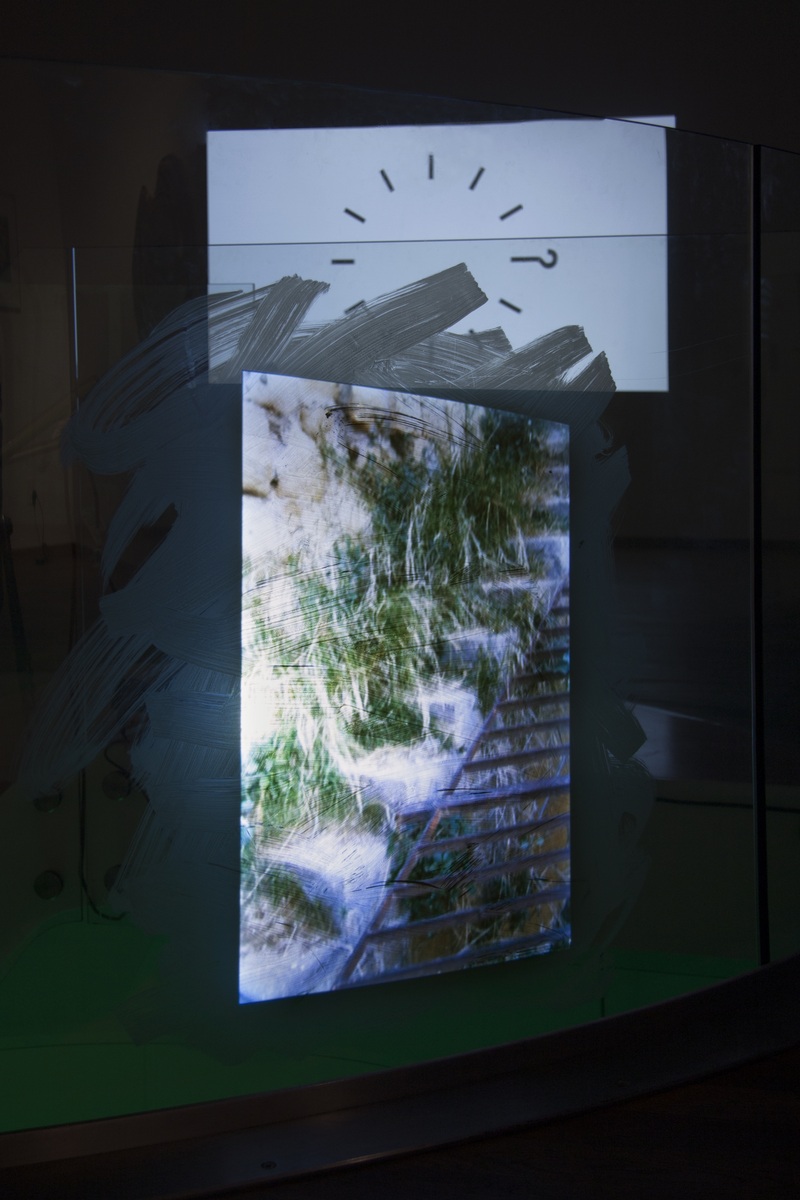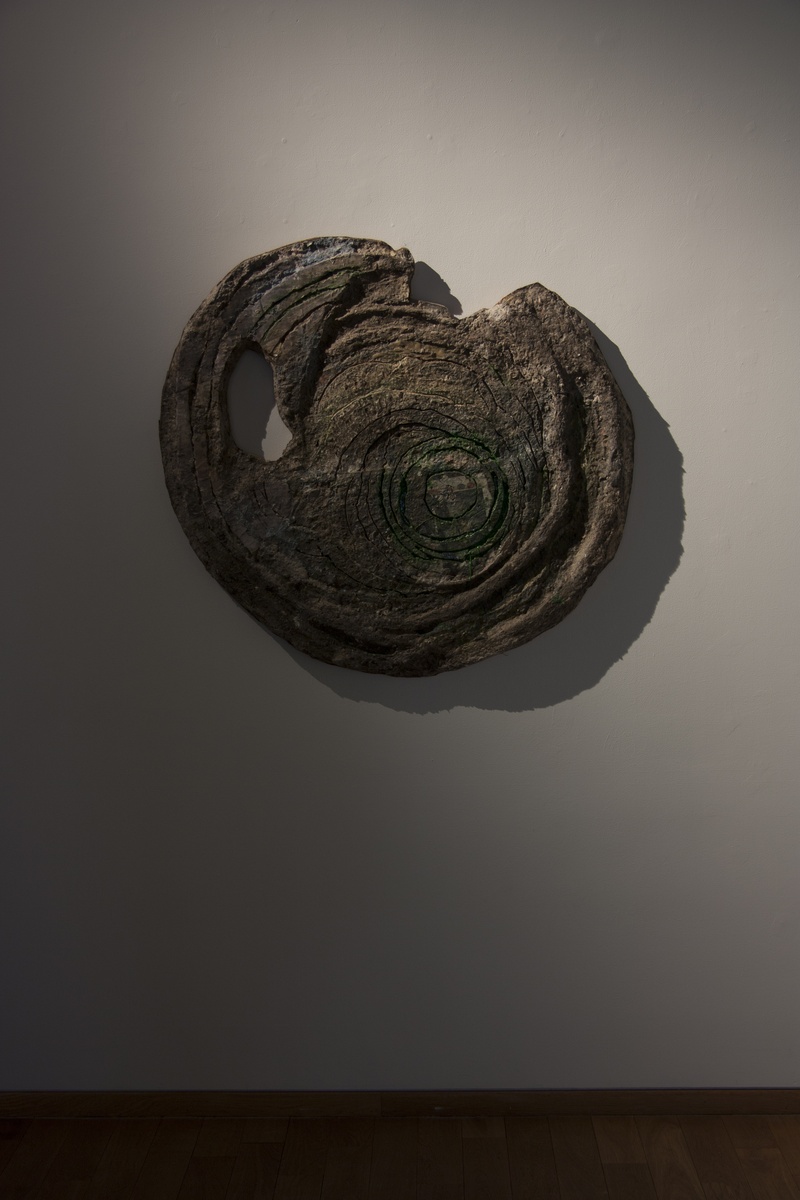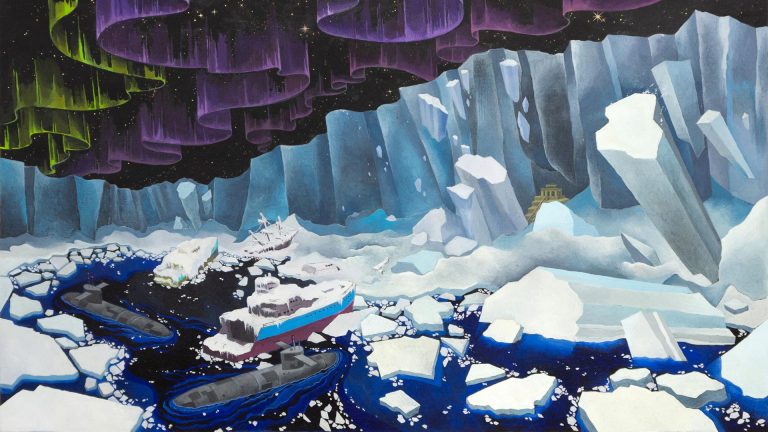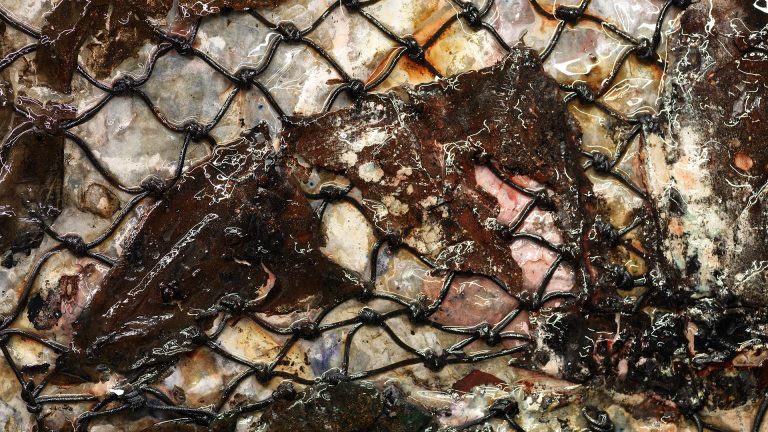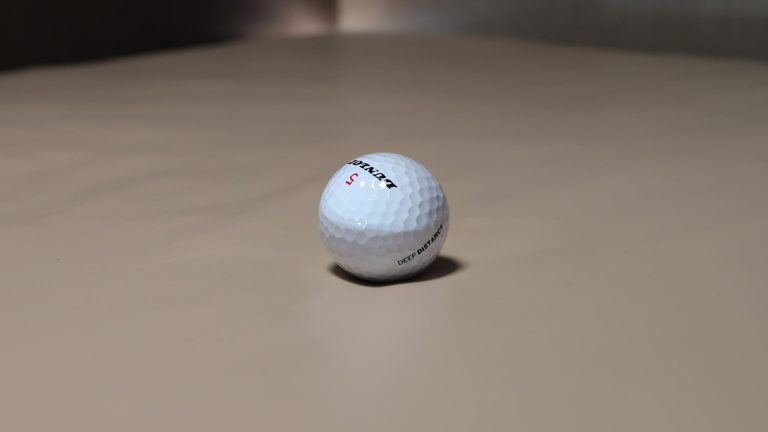Artists: Jan Brož & Richard Nikl, Benjamin Hirte, Haydée Marin-Lopez, Brandon Ndife, Francois Pisapia, Ben Schumacher
Exhibition title: Bego
Venue: Czech Center New York, New York, US
Date: April 1 – 30, 2016
Photography: all images copyright and courtesy of the artists and The Czech Center, New York
Questioning can both be disconcerting and reassuring. In the be st of all cases it’s the latter and we can escape the terror of uncertainty experienced in questioning by finding the questioni ng itself comforting. The sceptic, he who puts things into question, is often characterized by the extreme inability to act, questionin g himself in which direction to head. Then fear can be a driving [x]. Fear, silence and darkness are able to provoke moments to which inf antile Angst is hooked up on. The adrenaline of stepping ahead by at the same time knowingly running into the uncanny ma kes him highly focused. This really holds your back up straight. Fearing discontinuity we have a tendency to search for meaning in constellations that promises continuity. We cheat. Continuity is pretended in a two-fold connection where the rupture between one thing and another is explicitly overcome in it, but by doing so, we are yet again highlighting the singularity of the parts of a constellation. Singularity shows us that there is no necessity in constellations.
White walls invite us to a projection of continuity . They invite us to produce a little order in which we add things to one another for them to become a comforting presence. Truly new is then the naming of the idea of this constellation. It necessarily needs to be new and with precedingly unoccupied meaning, as something can o nly be truly new when we are dealing with it coming into being by a sudden happening and less through a transformative period of becoming in which things already somehow somewhere exist. The New was not there before, signalizes the chaos in which it kicked in and it shows us a devotedness to genuine novelty . The new laws of this situation, with the unapologetic character of chaos, allow to tentatively explore the new situation. Your perception of the objectively realized perceptions in a given constellatio n are based on a structural opposition in which these things can effectively be acknowledged as oppositional. These varied perceptions might invite you to linger in their ap parent composition, they might be showing you brutally your uneasiness with channelled u nexpectedness or they might have you wonder about the excess of display in the cladding and added layering. W e see a fluidity of a socially formed constellation, which give s identity to the suddenly formed situation. There is this little truth within white walls of things that ap pear to be in time but to exist in space. It can not avoid but to appear slightly surreal when we happen to find a constellation like this useful in accommodating contemporaneity.
–Charlotte Szász
Benjamin Hirte, untitled, 2016
Ben Schumacher, Diachronous daddy: Language (passion), no language (disinterest), 2016
Ben Schumacher, Diachronous daddy: Language (passion), no language (disinterest), 2016
Ben Schumacher, Diachronous daddy: Language (passion), no language (disinterest), 2016
Jan Brož & Richard Nikl, Bego, 2016
Jan Brož & Richard Nikl, Bego, 2016
Francois Pisapia, Scavenger Walks = Naples Stairway, 2016
Haydée Marin-Lopez, Frühling, 2016
Brandon Ndife, untitled, 2016
Brandon Ndife, untitled, 2016









